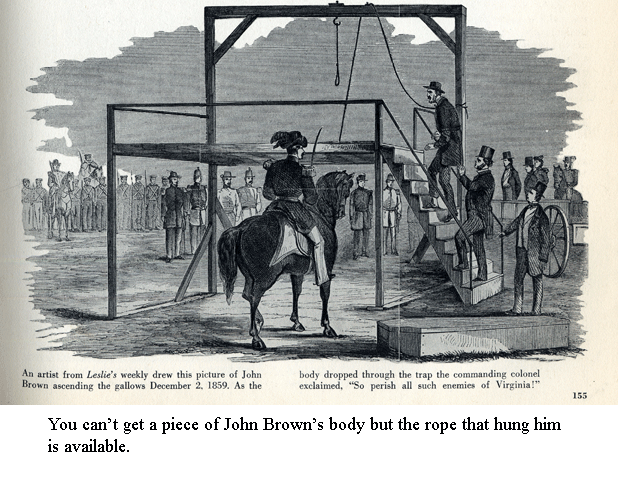Auctions: The Perfect Storm
- by Bruce E. McKinney

The dark side of collecting.
With more than 45,000 lots set to sell between November 1st and year end the auction inquirer needs to impose personal perspective on the ocean of material.
You do this by identifying terms and phrases that capture the essence of your collecting interests and periodically run them against the upcoming lots. It's free and located at the top of every page on this site (including this one!): Rare Book Search and Research. Put in a term and search. If you are looking for Proust there are 10 lots coming up. The search looks across 41 sales today and all 25,000 lots and delivers the complete answer in 1/10th of a second. Suffrage finds 4, Beethoven 9, manuscript 437, Vespucci 2, and Botswana 0. If you actually try to locate Botswana in all these catalogues you will spend a lot of time and find nothing. This way you are instantly on to your next search. Elephant finds 26 though some are elephant folios, four in fact which I identify with a search for this term. Kenya finds 1 and Africa 217. Searching this way I save $10,000 to $15,000 a year on catalogues and a thousand hours of catalogue perusing so now I have both the time and saved money to visit Africa and write my own book. I'll call it "Netting Big Game."
Reading catalogues is absolutely fun and they are the hook that many collectors become impaled on to become seriously interested in collecting. But they are also an anachronism. In the past collectors tended to bid locally. They received catalogues, visited venues and bid in person or by proxy. Many collectors still do it this way but auction houses now live with feet in two worlds. They continue to cater to traditional auction buyers while seeing their business transformed by the emerging electronic quorum. Absentee and telephone bids are the norm. The traditional catalogue is expensive to produce and absolutely unyielding when post-printing errors are detected. It reaches only those who order and requires would-be buyers speculate its purchase will be justified by the knowledge gained even if nothing to bid on is identified. In the emerging paradigm the emphasis shifts from costly printed to exhaustive electronic presentation. In the printed catalogue material is differentiated with multiple page layouts and costly color images. On the net there is essentially no added cost for images so 5, 10, even 20 pages can be shown. Cataloguers can now write until the cows come home. Most importantly, the presentation can be instantly sent anywhere in the world or alternatively viewed from anywhere on the globe. The auction house's audience is no longer limited to those who know in advance about the sale and order the catalogue. In short, the presentation improves and distribution increases exponentially.
Now all we have to do is learn to use these new tools. A song comes to mind: "Mama said there will be days like this." The person going from New York to Los Angles now expects to fly. If someone told you they are walking to LA you would narrow your eyebrows, take a deep breath, and ask them what such a trip is like because you won't be traveling that way yourself. The world moves on and we with it. Changing the way we approach our avocation with books saves us 99% of the time we spent looking. Now we use this time to plunge deeper. Our focus narrows. We move beyond bibliographies, learning more about our areas of interest than has ever been known. We do it at our desks, at lunch hour, in the evenings and weekends at home, on the road and on vacation. Anywhere we can get to the net, we can get to extraordinary resources. It is immensely interesting. It is the land of the midnight sun so start thinking about terms that define your collecting interests and run them in Search and Research. With 45,000 lots up between November 1st and December 31st there has never been a better time or better way to do this.